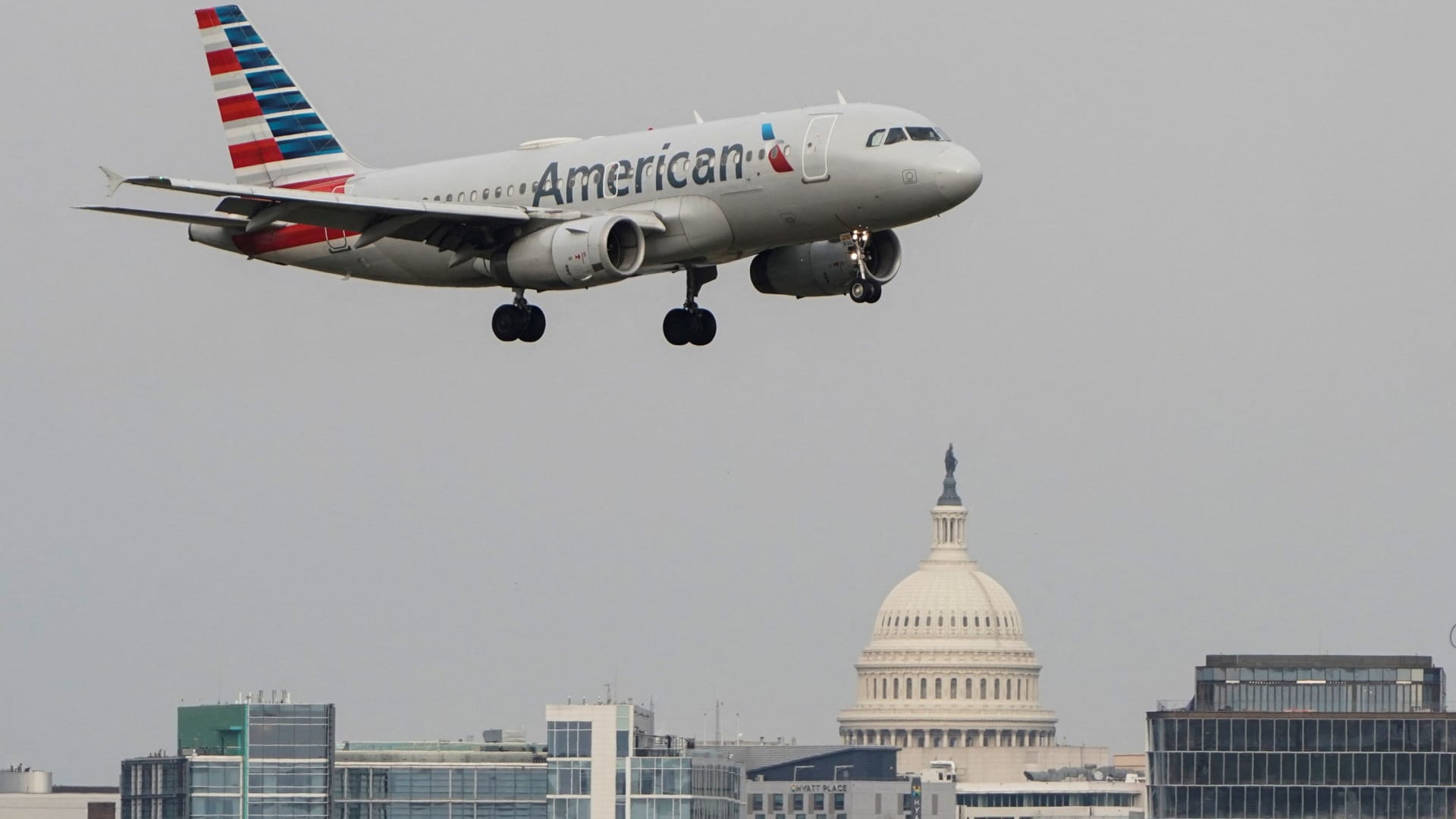American Airlines posted its first quarterly profit since the Covid pandemic started without government aid but joined competitors in scaling back growth plans after a host of disruptions this year. The carrier on Thursday forecast a third-quarter profit, however, another sign of strong travel demand, even at high prices.
American posted a second-quarter profit of $476 million, up from $19 million a year earlier, though the airline was still benefiting from federal coronavirus payroll support last year.
Second-quarter revenue of $13.4 billion was up 12% from before the pandemic, even though American flew 8.5% less than the same period of 2019, the airline said.
American has been more aggressive than rivals United Airlines and Delta Air Lines in restoring capacity, but American’s CEO said the carrier would limit its expansion this year.
“As we look to the rest of the year, we have taken proactive steps to build additional buffer into our schedule and will continue to limit capacity to the resources we have and the operating conditions we face,” CEO Robert Isom said in a note to staff.
The airline said it would fly 8% to 10% below 2019 levels in the third quarter but said revenue would be up as much as 12% from three years earlier as high fares continue into the summer.
American shares were down more than 6% in early trading, while United was off over 8%.
Here’s how the carrier performed in the second quarter, compared with Wall Street expectations according to Refinitiv consensus estimates:
- Adjusted earnings per share: 76 cents versus an expected 76 cents.
- Total revenue: $13.42 billion versus expected $13.40 billion.
Unit costs surged 45% in the second quarter from 2021 as the airline, like its rivals, faced a jump in fuel and other expenses.
United late Wednesday reported its first profit since the pandemic without the help of government aid, but said it would cut its growth plans through 2023.
Correction: This story has been updated to reflect that American Airline’s second-quarter unit costs surged 45% over 2021. An earlier version misstated the comparison period.
Image and article originally from www.cnbc.com. Read the original article here.

